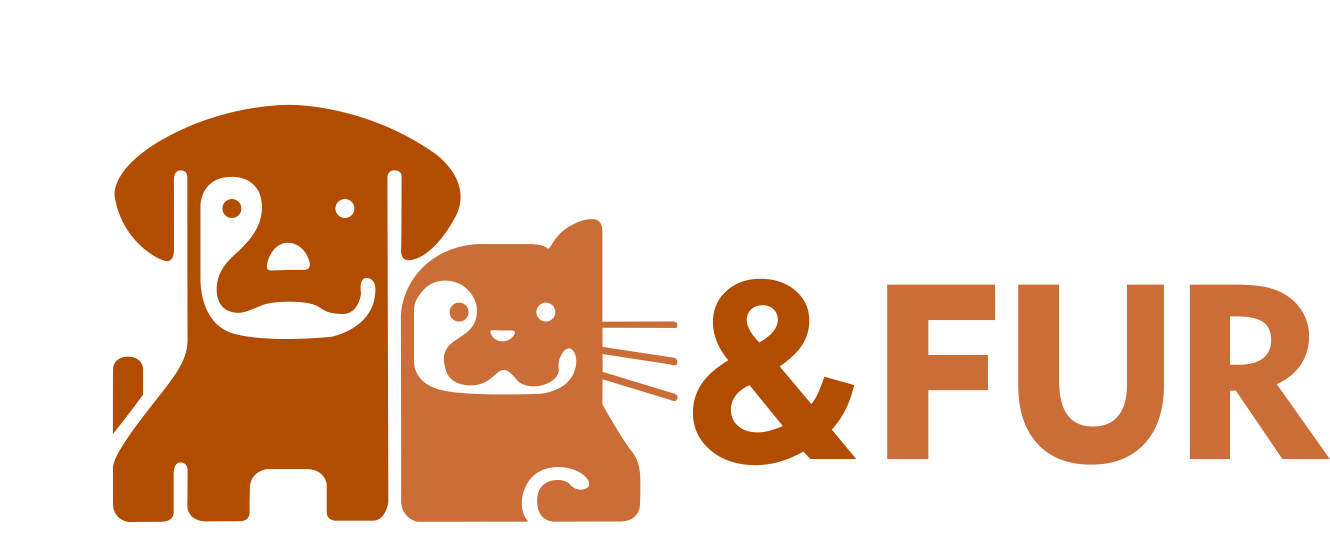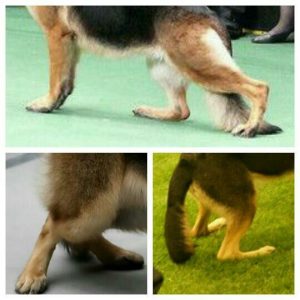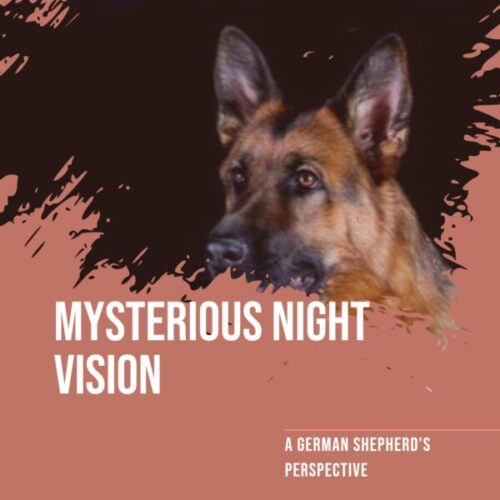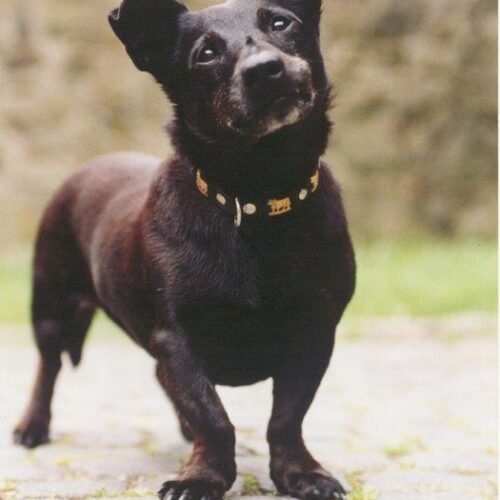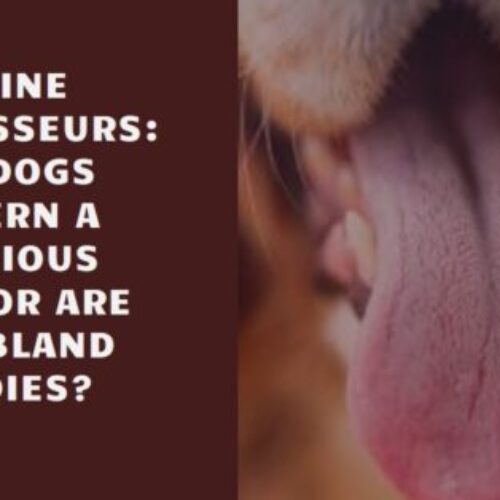Cow Hocks in Dogs
Our furry friend, tail wagging with boundless joy, suddenly develops a peculiar gait, their back legs bowing outwards like a canine ballerina gone wrong. Welcome to the world of cow hocks, a common concern for some dog breeds. But before you envision expensive treatments and endless vet visits, take a deep breath! While cow hocks warrant attention, understanding the “why” and “how” empowers you to navigate this situation with confidence and ensure your pup keeps strutting their stuff in style.
Cow Hocks Whats are They?
Imagine the “hock” as your dog’s ankle joint. In a healthy pup, the bones are aligned straight, providing stability and a balanced gait. Now, picture those hocks angled inwards, causing the paws to splay outwards – that’s the telltale sign of cow hocks. Think of it like standing with your feet turned outwards – not exactly conducive to graceful movement!
Breeds Most Prone to the Wobble: Who’s at Risk?
Genetics play a role, with certain breeds having a higher predisposition:
- Giant breeds: Great Danes, Mastiffs, Saint Bernards – their rapid growth can sometimes misalign bones.
- Working dogs: German Shepherds, Rottweilers, Dobermans – their active lifestyles put stress on developing joints.
- Smaller breeds: Bulldogs, Pugs, Pekingese – their short legs and bone structure can contribute to the issue.
From Wobble to Wag: Recognizing the Signs
Early detection is key! Keep an eye out for these telltale signs of cow hocks:
- Outward-facing paws: The most obvious clue, the paws deviate noticeably from the leg’s centerline.
- Bunny-hopping gait: An awkward hopping instead of a smooth stride indicates instability.
- Lameness: Pain may lead to limping or avoiding putting weight on the affected leg(s).
- Abnormal wear and tear: Look for uneven wear on paw pads or calluses on the inside of the hocks.
Beyond the Wobble: Understanding the Severity
Don’t panic! The severity of cow hocks varies greatly. While some dogs experience no discomfort, others might face mobility issues and pain. A trip to your vet is crucial for a proper diagnosis and evaluation. X-rays will reveal the extent of the misalignment and guide the best course of action.
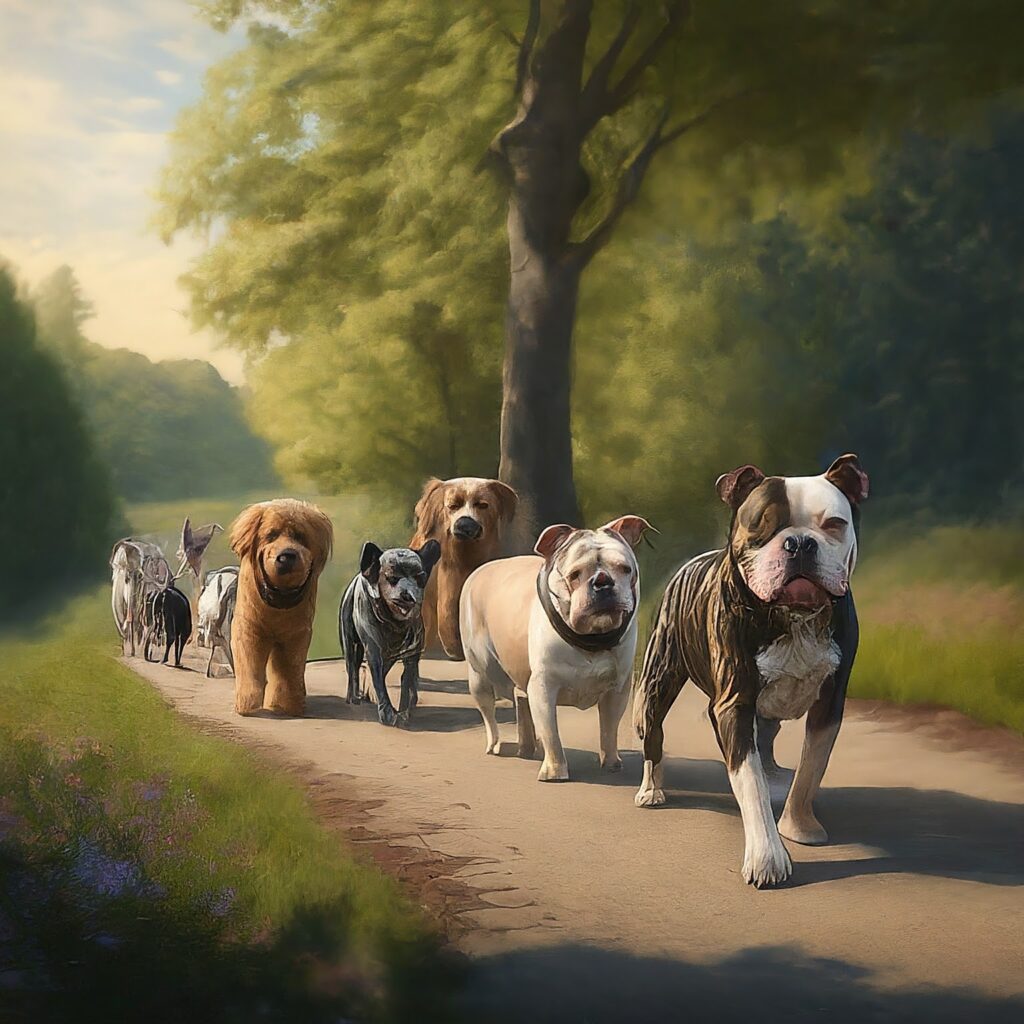
From Wobble to Walkabout: Managing Cow Hocks Like a Pro
Remember, every dog is unique, and treatment plans vary. Depending on the severity, options might include:
- Weight management: Maintaining a healthy weight reduces stress on joints.
- Physical therapy: Exercises strengthen muscles and improve stability.
- Supplements: Joint supplements can support overall joint health.
- Surgery: In rare cases, surgery might be recommended for severe misalignment.
Beyond Treatment: Living Life to the Fullest with Cow Hocks
Living with cow hocks doesn’t have to hold your pup back! Explore ramps and harnesses to ease movement, prioritize soft surfaces, and shower your furry friend with love and understanding. With proactive care and adjustments, your dog can continue to conquer walks, games, and life’s adventures, wobble and all!
So, chin up, fellow dog lovers! Armed with knowledge and care, you can turn any wobble into a victory lap, ensuring your furry friend continues to strut their stuff, unique gait and all, filling your days with wagging joy and unconditional love!
Different parts of the dog’s body “mature” at different rates & at different times. That’s why it is extremely important to study the anatomy of the parents. A little less important is the anatomy & characteristics of the grandparents. Pups go through changes as they grow to skeletal maturity, which is why the parents should be evaluated as much as the individual pups. The top line keeps changing as growth rates vary. The length of the croup increases but the angulation does not. The top line settles around 18-19 months.
Cow hocks in dogs is caused by growth-rate differences between tibia & fibula (the two bones of the lower rear leg). One “slows down” (tends to stop growing earlier than the other) and the resulting twist causes the lower part including the feet to point away from the center line more than they should. A little is normal, but too much leads to inefficient movement.
Cow hocks don’t get better, but dogs sometimes learn to compensate a little when gaiting. Not enough to get away with it in the show ring.
The reason you don’t see it as much in younger pups is that the growth rates of the two bones is the same in the beginning. It shows up as the dog gets bigger & one part of the lower leg slows down while the other bone keeps growing at the same faster rate.
Wild canines almost never have cow hocks, wolves, etc. That’s because it is unsuitable for long-distance (endurance) trotting. The last wolf in the pack doesn’t get as much of the caribou (reindeer) or whatever & does not get the chance to establish dominance & the right to breed. Domestic dogs are allowed to breed regardless of physical attributes. Domestication has foiled Nature’s “natural selection”.
To hide cow hocks
1. The handler can take the dog away from the judge in a slight curve, so the judge can’t see the rear action well.
2. Do the “down and back” at a faster speed than necessary. You might have to train the dog not to break into a gallop, in order to get away with that.
3. When posing the dog & the judge moves from the front to the back to look at its rear, don’t stretch the dog out. The further back the “hindmost” hock & the greater the distance between the two rear feet, the more obvious the cow-hocked stance or defect will be. Cow hocks can generally be less obvious if the rear legs are not positioned so far apart, nor too far behind the torso. Less “extreme”, in other words, usually makes this slight defect less obvious.
4. In stacking, to get the best view, GSDs should have the rear-most hock vertical & the toes on the other leg (the one under the torso) no further forward that the knee-cap (patella). This is the most natural stance, and if all dogs are posed the same way, the judge can make a better evaluation of the class.
~ By Dr. Gautam Srivastava, LUV SHEP Kennel, Vijaywada.
